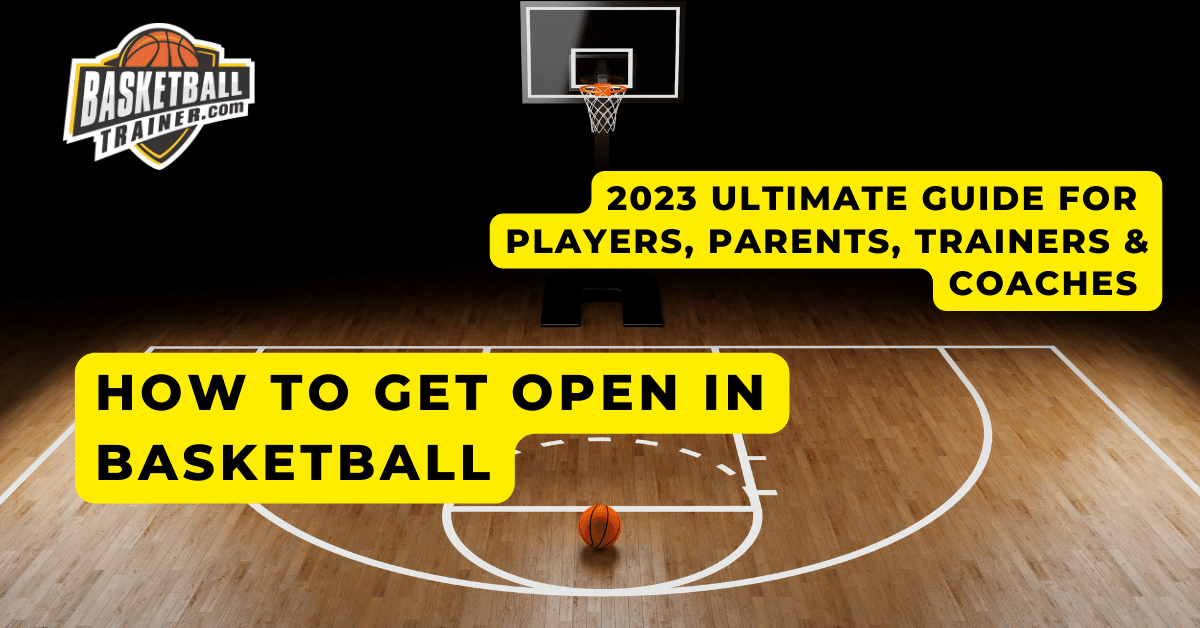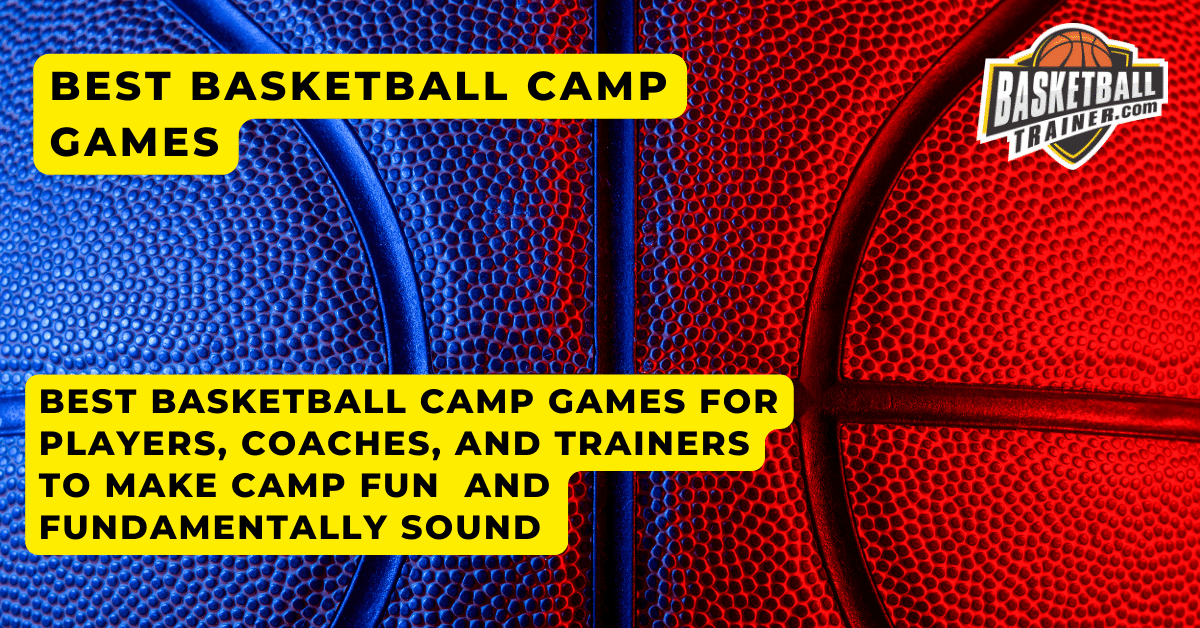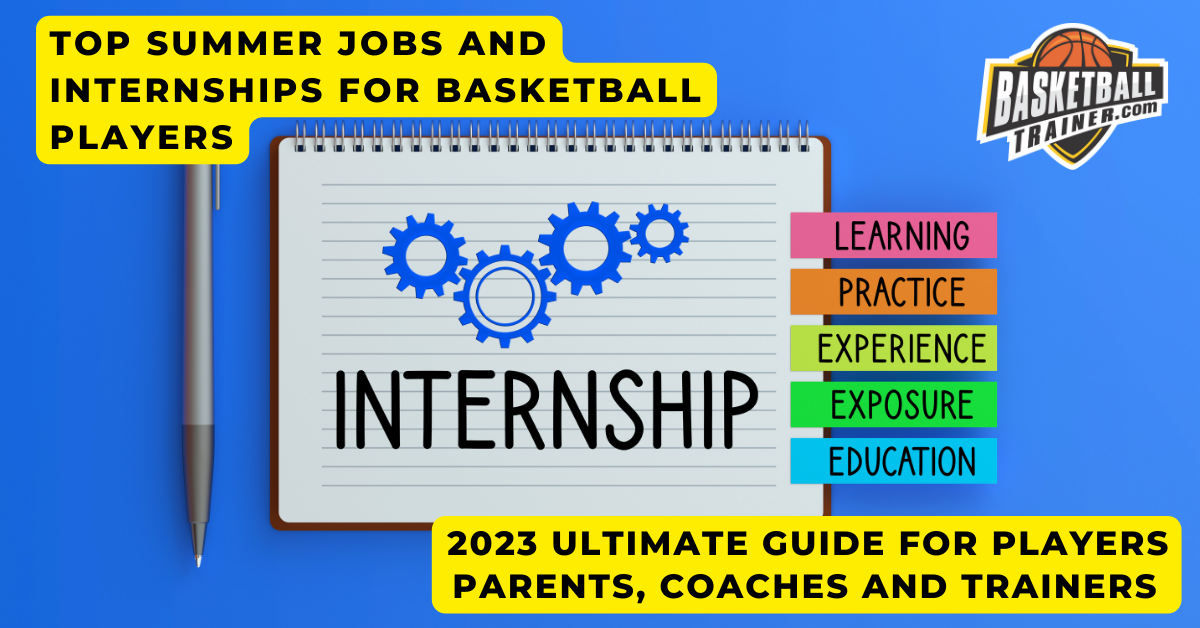 Understanding how to get open in basketball is a critical skill for any ambitious player. It’s the key to creating scoring opportunities and maximizing your impact on the court. This post will provide an in-depth analysis of techniques, maneuvers, and exercises to help you hone this essential element of the game.
Understanding how to get open in basketball is a critical skill for any ambitious player. It’s the key to creating scoring opportunities and maximizing your impact on the court. This post will provide an in-depth analysis of techniques, maneuvers, and exercises to help you hone this essential element of the game.
We’ll delve into fundamental basketball moves designed specifically for getting open, such as using ball fakes and pivot foot techniques. We’ll also explore offensive strategies that leverage open space on the half court, helping you create those much-needed openings.
In addition, we’ll introduce specific drills aimed at enhancing these skills amongst younger players or those new to these concepts. Finally, we’ll touch upon research analytics and statistics related to getting open in basketball – offering data-driven insights that can further refine your approach.
Table of Contents:
- Introduction
- II. Fundamental Basketball Moves for Getting Open
- III. Offensive Strategies and Tactics for Creating Openings
- IV. Skill-Specific Drills for Creating Openings
- Research, Analytics, and Stats on Getting Open
- Summary and Key Takeaways
- FAQs in Relation to How to Get Open in Basketball
- Conclusion
Introduction
In the rapidly evolving realm of basketball, having the capacity to be unguarded is a necessary ability for achieving scoring triumph. This article will give you practical tips to level up your offensive game and leave defenders in the dust.
The Importance of Getting Open
Getting open is like finding a secret passage to scoring glory. It keeps the ball in your team’s hands and prevents pesky defenders from ruining your shot. Check out this source for more offensive wisdom.
Enhancing Scoring Opportunities Through Effective Positioning
Positioning is the key to unlocking scoring opportunities. By knowing where defenders are, you can find gaps in their defense and make your move. Plus, it helps with rebounding and setting screens. Talk about a triple threat.
Tips For Improving Your Offensive Game:
- Maintain Ball Control: Keep that ball on a tight leash, even under pressure. It’s your ticket to getting open.
- Pick Your Spots: Know the court like the back of your hand and choose the perfect spot to unleash your skills. Don’t start where you want to get the ball. If you want the ball on the wing at the three point line, consider starting low.
- Fake Movements: Trick those defenders with fancy footwork and head fakes. They won’t know what hit ’em. Before starting a curl cut off a down screen, fake a backdoor cut. Fake setting a screen directly behind your defender (it doesn’t matter if you have a teammate there, they can’t see.) As they turn to look for the read, cut their face hard with your inside hand up to get a lead pass to the rim.
- Screens & Picks: Team up with your teammates and use screens to create openings or confuse the defense. It’s like a secret handshake for basketball. Learn screen and roll, screen and pop, slip the screen, screen for the screener. When screening off the ball, try to reverse pivot often to create an optimal passing angle and sight for reception.
With practice and determination, you’ll be leaving defenders in the dust and scoring like a pro in no time.
II. Fundamental Basketball Moves for Getting Open
The ability to get open in basketball is crucial for scoring more points. Master these fundamental moves and techniques to create scoring opportunities.
A. Basketball Footwork Techniques
Proper offensive footwork is the foundation of a successful player’s game. It allows you to move quickly and efficiently, creating openings for shots or passes. Improve agility, speed, and quickness with footwork drills.
B. Shooting Techniques for Creating Openings
To create space for open shots, improve shooting accuracy and shot selection. Be aggressive and use fakes or change your pace to confuse defenders. More chances at goal means more points. If you can’t catch and shoot, then nobody will close out on you, they will sag, even as you cut. Protecting against backdoor cuts by you, drives off the catch by you, and also they will use that cushion to cheat toward the ball.
C. Dribbling and Passing Skills
Dribbling skills give you control over the ball while moving. Enhance dribbling skills working on catches and immediate rip thrus into one power dribble and attack. Get your head up to the net on the catch. See where the gap is and also where you can pss to disrupt defenses and creates scoring opportunities. Moving without the ball means being able to make decisions on the catch. Time your passes well.
Footwork Drills:
- Pivot Drill: Improve balance & coordination, key components of good footwork.
- Lateral Quickness Drill: Enhance side-to-side movement speed when dodging opponents.
Shooting Drills:
- Catch-and-Shoot Drill: Improve shooting accuracy after receiving a pass.
- Jab Step Series: Use jab steps to shake off defenders before taking a shot.
III. Offensive Strategies and Tactics for Creating Openings
Basketball offense can have a great effect on your capability to make points. Let’s dive into some clever tactics that can help you exploit defensive weaknesses and create space on the court.
A. Attacking the Defense
Knowing your opponent’s defensive strategy is key. By understanding their setup, you can make strategic moves that throw them off balance and create scoring opportunities.
Misdirection and changes of pace are your secret weapons. Quick bursts of speed followed by sudden stops or direction changes can leave defenders scratching their heads.
B. Offensive Positioning and Awareness
Positioning is everything. Anticipate defensive errors and exploit them with calculated movement to maximize your team’s advantage.
Read the defense like a pro. Time your cuts to take advantage of any mistakes they make, like overcommitting or not communicating properly.
Moving without the ball is a ninja skill. It creates passing angles and distracts defenders from other threats on the court. Don’t forget about setting screens away from the ball handlers too.
C. Screen And Roll/Pick And Pop Plays
Screen plays like pick-and-rolls or pick-and-pops are offensive gems. They force defenses to make split-second decisions, often leading to errors due to their complexity.
IV. Skill-Specific Drills for Creating Openings
In basketball, nailing specific skills through drills is key to opening up the court. Let’s dive into these crucial areas.
A. Shooting Drills for Better Shot Creation
Accuracy and speed are vital for offensive success. One drill to boost these skills is the catch-and-shoot. It hones quick release times and shooting under pressure.
- Catch-and-Shoot Drill: Pass the ball, move to an open spot, receive the return pass, and take the shot. Easy peasy.
- Buzzer Beater Drill: Simulate last-second game scenarios and practice shooting under time pressure. Nail those clutch shots.
B. Off-Ball Movement and Cutting Drills
Going without the ball is just as crucial as dribbling it. V-cuts and L-cuts can exploit defensive lapses and create scoring opportunities.
- V-Cut Drill: Sprint from one side of the paint area, make a ‘V’ shape towards half-court, and cut back towards the basket. Get ready for that potential pass.
- Cutting Drills: Simulate real-game situations and master your cutting skills. Become a cutting maestro.
C. Screening and Change of Direction Drills
Setting effective screens while staying agile is a skill that needs practice. Screening creates space and disrupts defensive alignment.
- Pick-and-Roll Drill: Set up a screen for the ball handler and create opportunities to drive towards the basket. Execute this classic play like a pro.
- Learn more about pick-and-roll plays: Check out this link for detailed instructions on executing pick-and-roll plays correctly. Become a pick-and-roll master.
Research, Analytics, and Stats on Getting Open
Getting open in basketball is crucial. Let’s check out some top players who excel at this skill, dive into relevant stats and analytics, and share inspiring quotes about its importance.
Top Players Who Get Open
- Klay Thompson NBA
- Diana Taurasi (WNBA)
- Giannis Antetokounmpo (NBA)
- Brittney Griner (WNBA)
- Fred Van Fleet NBA
These players are masters at getting open. Watch their moves for valuable insights.
Stats and Analytics on Getting Open
Game data reveals interesting patterns. According to The Journal of Sports Sciences, teams with higher offensive ratings have more successful seasons. They create scoring opportunities through effective positioning. Check out basketball reference websites for more stats.
Inspirational Quotes About Getting Open
Success in basketball, like in life, requires constant movement and adaptation. These quotes highlight the importance of strategic movement during each play.
Summary and Key Takeaways
Creating openings, throwing off the defense, and regulating the speed of play are all critical for success on the court.
The Importance of Offensive Skills
Your offensive skills are key in getting open. Whether it’s footwork or shooting accuracy, these skills are the backbone of an effective offense. Check out BasketballForCoaches for detailed guides on improving these areas.
- Agility, speed, and quickness: Move effectively to create openings.
- Dribbling skills: Handle the ball well under pressure.
- Precision shooting: Make every shot count.
Tactical Awareness & Positioning
Understanding where to position yourself on the court is crucial. Anticipate defensive moves and react accordingly. Learn from Breakthrough Basketball’s comprehensive guide.
- Misdirection & Change Of Pace: Catch defenses off guard.
- Cutting Movements: Disrupt defensive structures with well-timed cuts.
Actionable Tips For Players To Enhance Their Game
- Practice offensive movements until they become second nature.
- Incorporate agility and off-ball movement drills into training.
- Analyze matches of skilled players like Stephen Curry (highlights here).
- Maintain an aggressive mindset and use every moment without the ball productively.
FAQs in Relation to How to Get Open in Basketball
– Don’t compare basketball to other sports, it’s like comparing apples to oranges, or free throws to touchdown dances.
– Let’s keep the focus on the game, not the players, coaches, or teams, because let’s face it, they change faster than a crossover dribble.
– No need to name-drop any brands of sporting goods or equipment, we’re here to talk hoops, not sponsorships.
– The history of basketball may be fascinating, but let’s save that for another time, like when we’re stuck in a never-ending halftime show.
– We’ll steer clear of any controversial topics, because we don’t want to get caught up in a full-court press of drama.
Conclusion
Want to get open in basketball? Cut, screen, fake – these fundamental moves can create openings for you.
Improve your agility, speed, and decision-making skills with skill-specific drills to enhance your ability to get open.
Don’t forget to do your research! Analyzing analytics and statistics on getting open can give you valuable insights into effective techniques.
Master the art of getting open in basketball by combining fundamental skills, strategic thinking, and continuous improvement.
Ready to dominate the court? Implement these tips and techniques to navigate with confidence.













 Mental toughness training: Teach them to stay focused, overcome adversity, and maintain a positive mindset.
Mental toughness training: Teach them to stay focused, overcome adversity, and maintain a positive mindset. Foster a positive mindset: Teach them to focus on their own growth and improvement, regardless of the coaching situation.
Foster a positive mindset: Teach them to focus on their own growth and improvement, regardless of the coaching situation.










